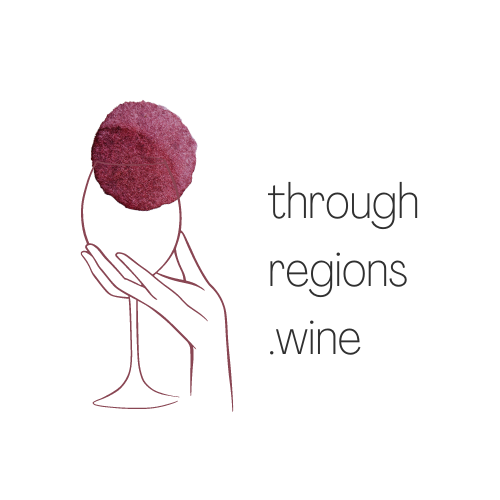Northern Rhône. Cave Saint Désirat Condrieu 2017
If you’re looking for an exciting bottle for tonight I might have a perfect recommendation. My first Viognier and I got immediately hooked on this aromatic and seductive grape variety. Viognier is a full-bodied white wine that originated from southern France.
Viognier is for those who love to stop and smell the flowers. People love it for perfumed fruit aromas of peach, tangerine, mango and floral notes like honeysuckle. Viognier wines can also be aged in oak which adds a rich creamy taste with hints of vanilla, butter, spices of nutmeg and clove.
Depending on the producer and how it’s made, Viognier can range in style and intensity from bold and creamy to light and pétillant. If you are into Chardonnay you’ll like the weight of it and might notice it’s usually a little less acidic, slightly lighter and more perfumed. On the palate, the wines are typically dry and almost always reveal an oily sensation on the middle of the tongue which is a characteristic of wines made with this grape variety. Drier styles exhibit less fruitiness and deliver a little bit of bitterness.
Condrieu is a small (only 202 hectares), albeit a very prestigious appellation in Northern Rhône, which produces only white wines from Viognier grape variety.
Cave Saint Désirat has been established in 1960 on the right bank of the Rhône river in the Saint Joseph appellation. The winery is working with biodynamic principles although they are not certified. Picking occurs only by hand and the production focus is on the terroir. The entire holdings of the winery is almost 600 hectares.
The vines are planted on very steep slopes with granite soils and mostly southern and south-east exposure. The average age of the bushes is 20 years. The winery is following a restricted yield policy (28 hl out of a hectare) which is conducive to the flavour concentration. Vinification process for this wine includes cold pre-fermentation and direct pressing. After a short maceration on the skins, 70% of the resulting must is fermented in steel tanks and the rest in French oak barrels with lees stirring and lees aging (around 8 months). Malolactic conversion is allowed, except the hottest years.
In the glass, the wine has a medium golden color and releases fruit aromas of apricot, peach, mango, tangerine, lychee and blossom notes of acacia, honeysuckle, violet evolving into toasted almonds, butter and honey. In the mouth it’s concentrated, fresh, with a creamy texture and a
perceptible mineral note. The producer recommends pairing with seafood, white meat in sauce and foie gras. Although very enjoyable now, 2017 vintage still has some small aging potential.
Psst: Domaine’s Saint-Joseph wine has received good scores from various critics: the 2019 vintage was given a score of 91 by Decanter World Wine Awards.
Serving: chilled at 11°-13°C.
Pair it with: foie gras, rich fish (salmon, tuna etc.), lobster, mature and hard cheese, poultry, cured meat
Where to buy? 188 PLN at Marek Kondrat
Vivino rating 4.1 (35 opinions)



